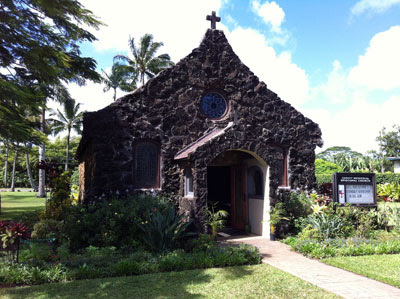Collecting Postcards
Photographs and postcards are great collectibles. They are
available, generally inexpensive and both are wonderful documents of history. What
sets postcards apart from other ephemera are that they not only chronicle a
snapshot in time of the subject in the image, but by virtue of the written
message, they also convey something about the people involved.
Postcards started to be used in around 1870 with their
heyday being the early 1900s. Today email, e-cards, blogs, Twitter and Facebook
have become substitutes for postcards. While these may offer endless ways to
send personal and unique messages, they just do not have lasting appeal like
postcards.
There are some simple ways to date a postcard:
- The date of mailing and messages are the easiest ways
- The earliest postcards were called Private Mailing Cards (up to 1901)
- Early postcards had an undivided back, the back was for the address
- Divided back postcards were allowed starting in 1907
- Postcards marked Printed in Germany are from pre-WWI years
- White borders around the image indicates dates from 1915-1944
- Textured, linen paper postcards are primarily from 1930-1944
- Photochrome (glossy color) became the norm after 1944
- Image peculiarities also offer clues (fashion, jewelry, cars, etc.)
- Postal rates are another indication for age
 |
| Old Postcard Formats • From Top: Private Mailing Card; Undivided Back; Divided Back |
- Holidays, especially Halloween, are number one
- Real photo postcards, especially children with toys or pets, soldiers with weapons, sports action photos and artist signed images
- Transportation images have always been popular
- There is also a recent trend of increased interest in industrial images








Comments
Post a Comment